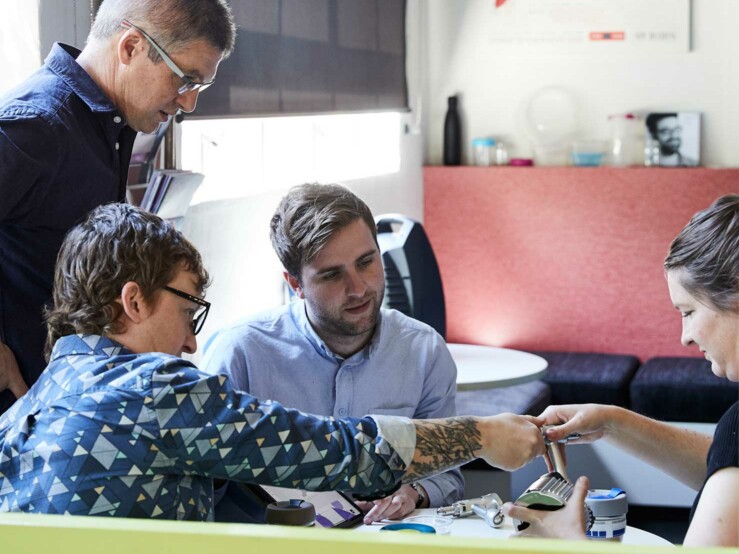In this edition we explore Usability Engineering and how we implement this important step into our product development process.
To the layman, Usability Engineering (UE) sounds like an awkward marriage between the hazy world of user-experience design and the precise rigour of engineering. Actually, UE is simply the pointy-end of user-centred design; where a product’s core functions are established and validated to ensure it meets critical user needs. UE is not about intangibles; its about how effectively a product performs its critical functions.
For medical devices undertaking UE within the development process is more than a nice-to; its a regulated step within a compliant design process. For example, the way a heart pump functions when used by a surgeon can be the difference between life and death. In this context, the surgeon’s ‘user-experience’ is centred on how well they understand the device’s displays and feedback, and how they control the device’s motor speed and flowrate. ‘User Experience’ design in its broader sense would be concerned about how the surgeon ‘feels’ when using the product; whereas UE is focussed on how well they and the product perform whilst using the device; i.e. without error, risk or delay.
Beyond medical devices UE is used in a number of critical performance system environments such as aerospace, defence and mining. In fact, the principles of UE can be applied to simple, non-critical products where clear, relevant and consistent usability is a factor.
As an overview, UE involves:
- User research to determine user(s), establish user needs, and define the context of use
- Interpretation and documentation of this research, as well as translation of user needs into design inputs
- Identifying critical tasks and foreseeable hazards
- Regular reviews during the development to check the design is on track to comply with the UE process
- Testing/evaluation to validate the product meets the specified user needs
Read more about Our Usability Engineering Capabilities
If you would like more insights like this, click here to sign up to our mailing list.





